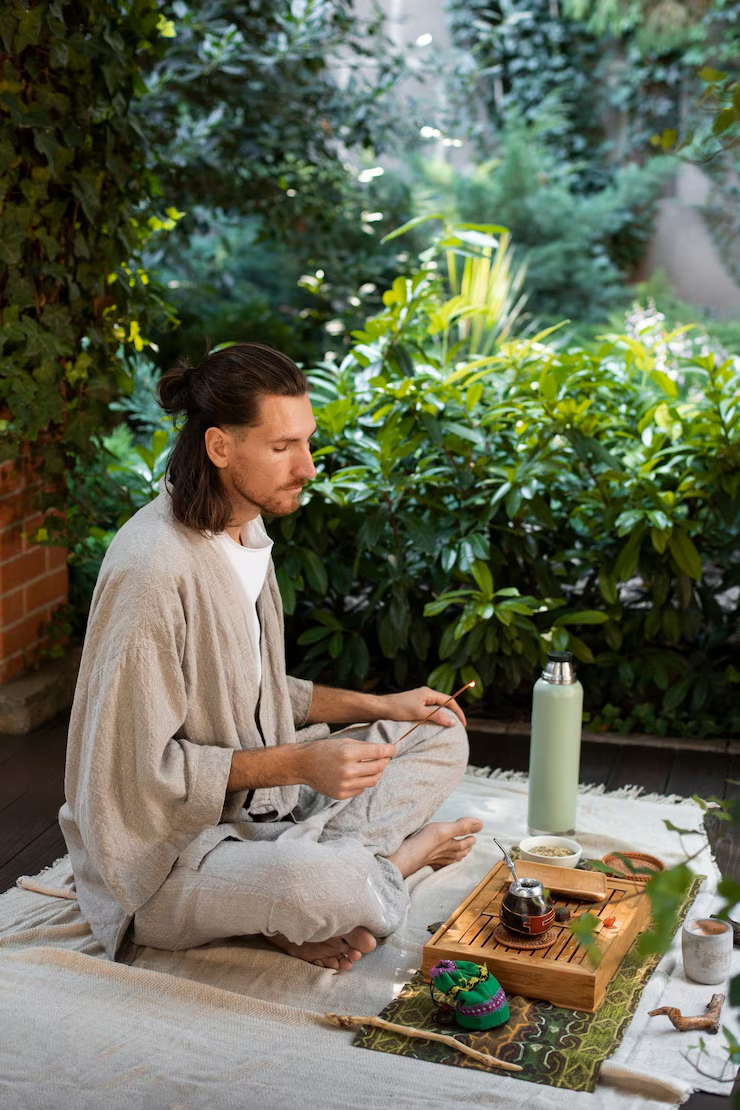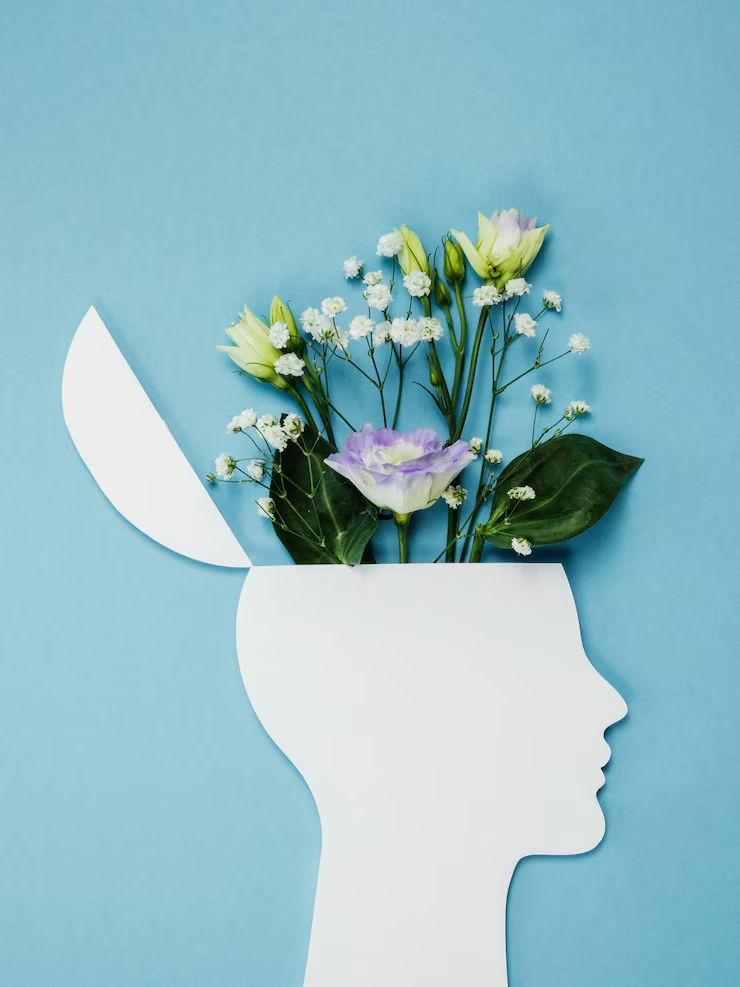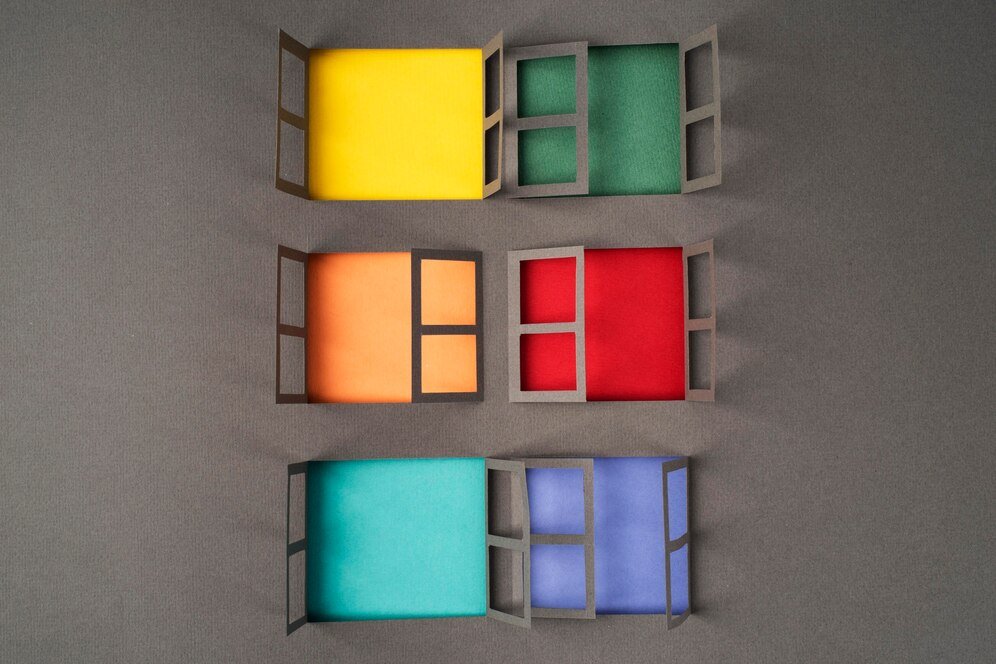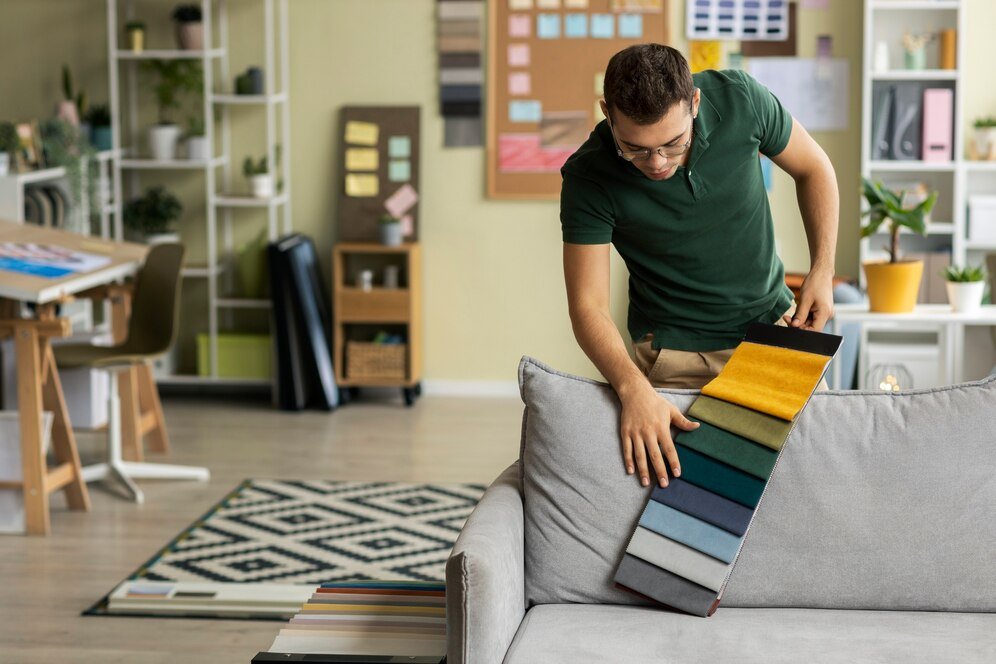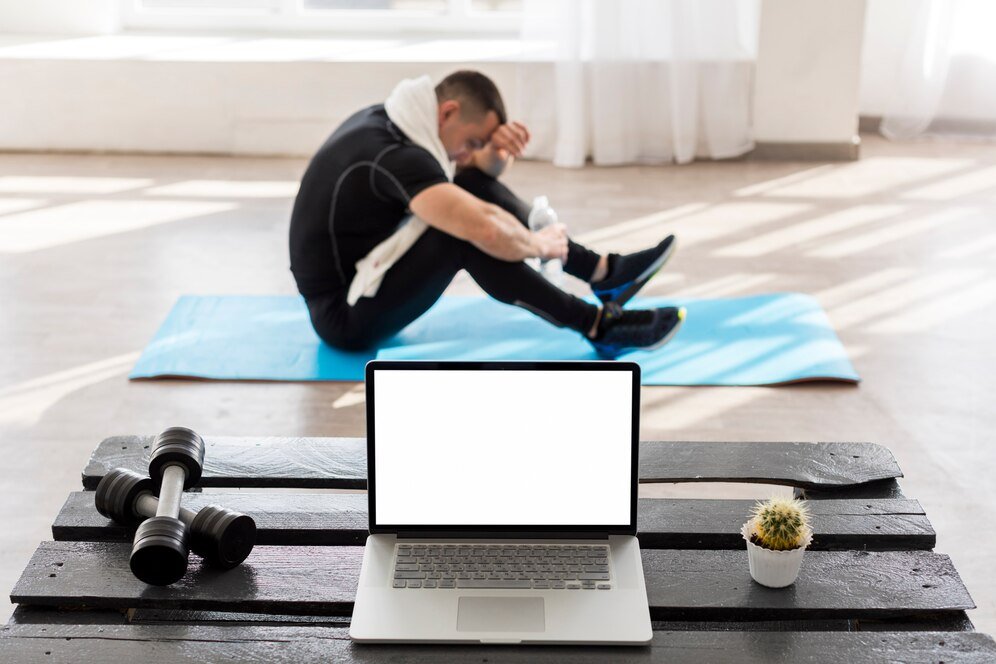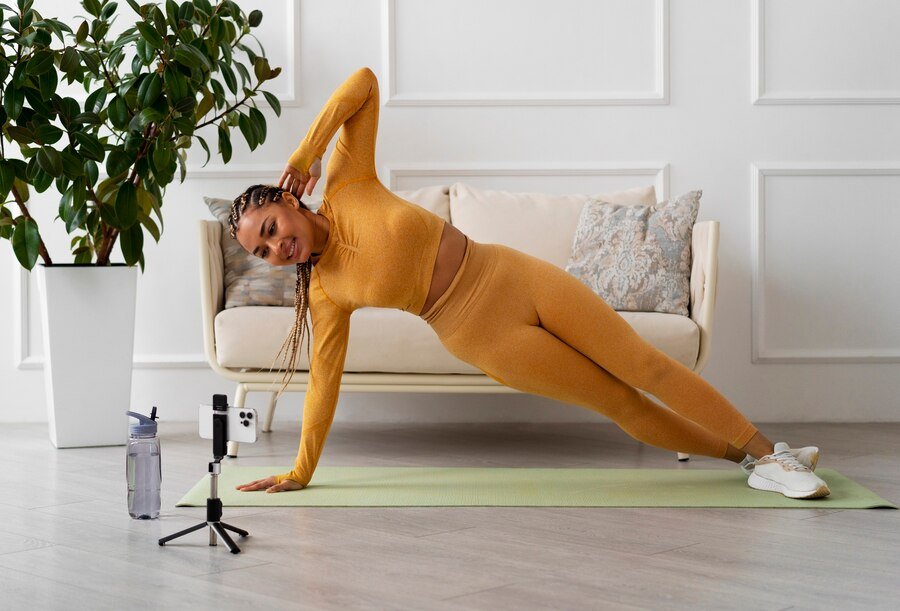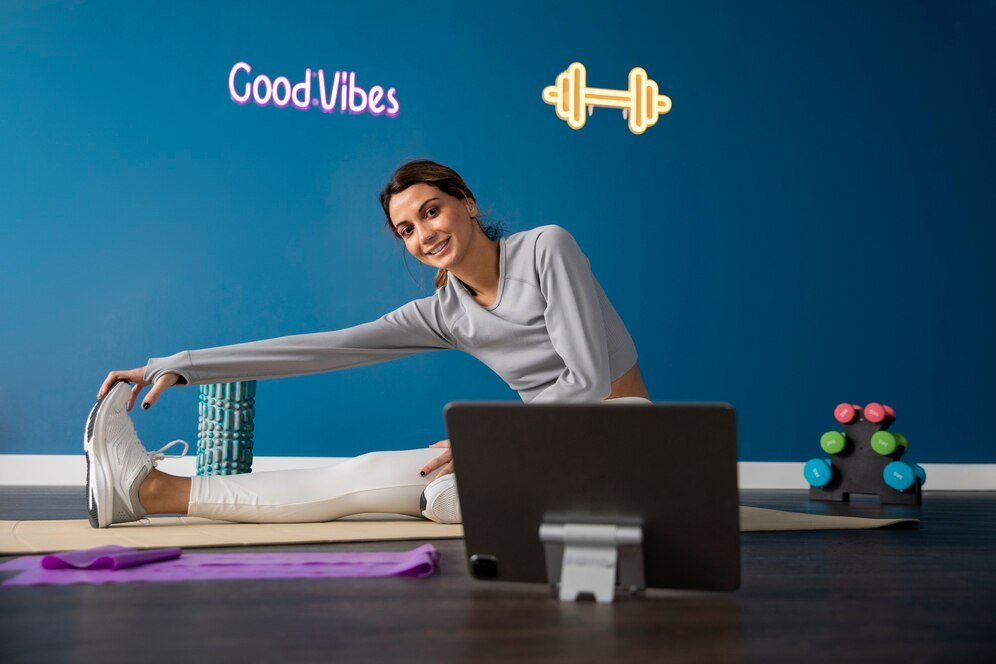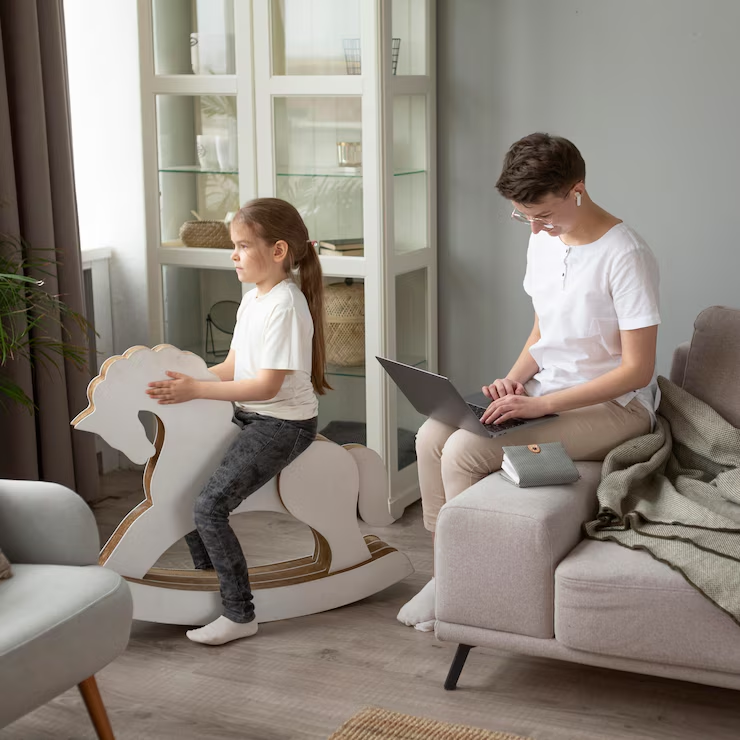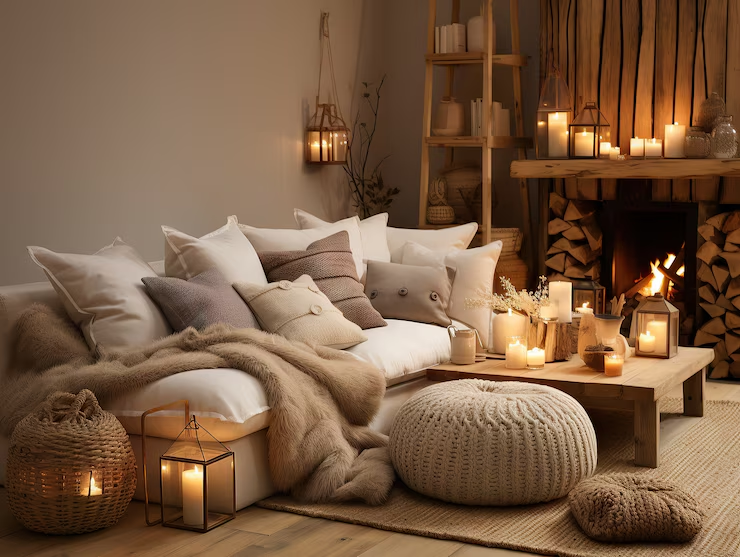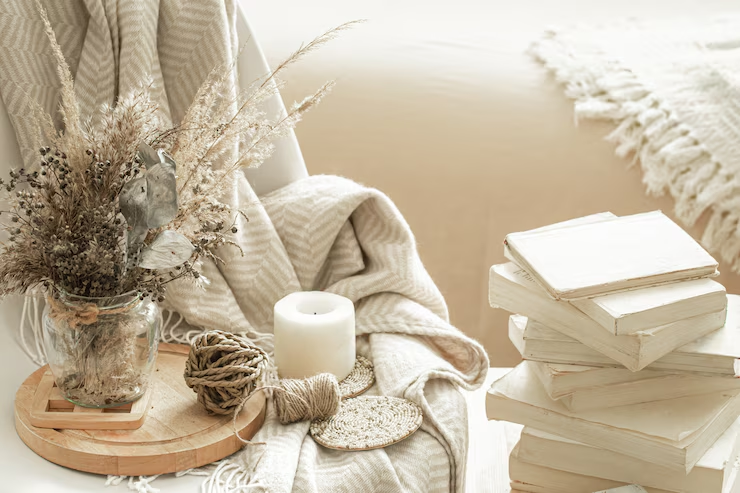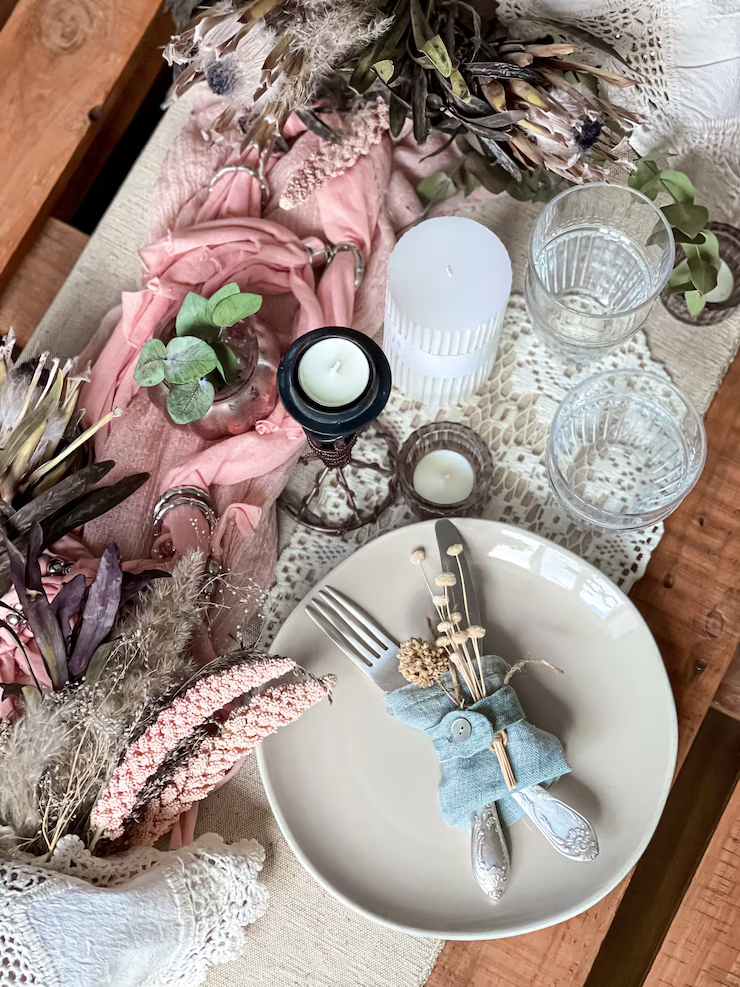Self-care is more than a trend. It is a habit you keep for life. You want a plan you can stick with. You also want to avoid feeling tired of it. This guide shows you how to build a sustainable self-care routine without burnout. You will learn steps you can use today.
Why You Need a Sustainable Self-Care Routine
You might think self-care is just a spa day. It is more than that. It is any act that helps you feel calm and strong. A good routine gives you steady support. It stops stress from piling up. It helps you stay well in body and mind. And it keeps you from feeling tired of your own plan.
Start Small and Simple
First, pick one small habit. It could be a short walk. Or three deep breaths in the morning. Keep it easy. You do not need a big change. Small steps add up. You build confidence. You set a base you can grow from.
- Choose one action you can do daily.
- Make it take less than five minutes.
- Link it to an existing habit. For example, breathe after you brush your teeth.
This way, you will not feel lost. You will not skip it because it feels too big.
Set Realistic Goals

Source: freepik
Next, write down what you want. Do you want to feel calm? Or have more energy? Be clear. Then set a goal you can reach. If you aim too high, you might quit. If you aim too low, you may not grow.
- Use “I will” statements.
- “I will stretch for two minutes each night.”
- “I will drink one extra glass of water daily.”
- Check your goals weekly.
- Change them if they feel off.
- Goals help you see your progress. They keep you on track.
Plan Your Routine Around Your Life
Your day has work, chores, and rest. Fit self-care in where it makes sense. If you wake up early, add a quick task before breakfast. If you feel tired in the afternoon, take a short break then.
Map your day in blocks.
Pick times when you feel you can spare a few minutes.
Slot in self-care there.
By doing this, you will not fight your own clock. You will use the time you already have.
Mix Different Types of Self-Care
Self-care is not just one thing. It has many sides:
1. Physical
- Stretching
- Short walks
- Drinking water
2. Emotional
- Journaling
- Talking with a friend
- Listening to music you like
3. Mental
- Reading a page of a book
- Doing a simple puzzle
- Learning a fun fact
4. Social
- Sending a text to a friend
- Saying hi to a neighbor
- Sharing a laugh
Mix these in your week. You will feel balanced. You will avoid feeling bored.
Use Reminders and Triggers
It is easy to forget new habits. Use a note or an app alert. Tie your habit to a trigger:
- After lunch, write one thing you feel grateful for.
- When you sit down at your desk, do three shoulder rolls.
- When you hear your phone ping, take a sip of water.
These triggers help you build the link. Soon, your body will learn to do the act without a push.
Track Your Progress

Source: freepik
Seeing your streak grow feels good. It keeps you going. Use a simple chart or a checkmark list.
Check it each day. At the end of the week, look back. Notice what worked. Notice what did not. Then tweak your plan.
Learn to Say No
You have only so much time and energy. Saying yes to too much can break your routine. It can lead to burnout. Practice saying no in a kind way.
- “I’m sorry, I can’t this week.”
- “I need to keep my routine right now.”
- “I can join next time.”
This protects your self-care time. It keeps you from feeling worn out.
Build in Flex Days
Even the best plan needs a break. Add one or two flex days each week. On these days, do what feels easy.
- Sleep in if you need to.
- Skip your usual habit if you feel low.
- Do a fun, low-key activity instead.
This rest helps you stick with your routine in the long run.
Adjust as You Grow
Your needs will shift. Maybe you add a new habit. Or drop one that no longer fits. That is fine. Change shows you are learning. It keeps your routine fresh.
Review every month.
Ask yourself: “What feels good? What feels forced?”
Make small edits.
This way, you keep your plan alive and helpful.
Keep It Going
A sustainable self-care routine without burnout grows over time. It starts small. It fits your life. It changes as you do. It rests when you need to. It stays simple. It stays you.
Pick one step today. Do it now. Then build on it tomorrow. Over time, you will have a plan that lasts. And you will feel more calm, strong, and at ease every day.
